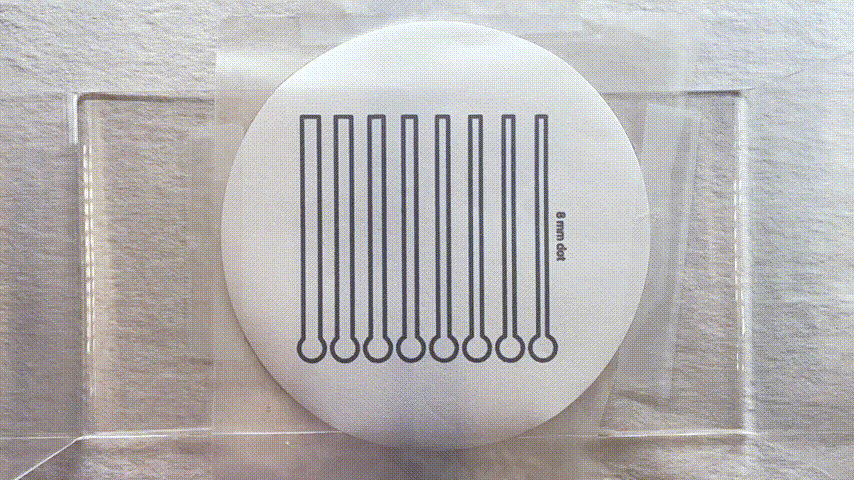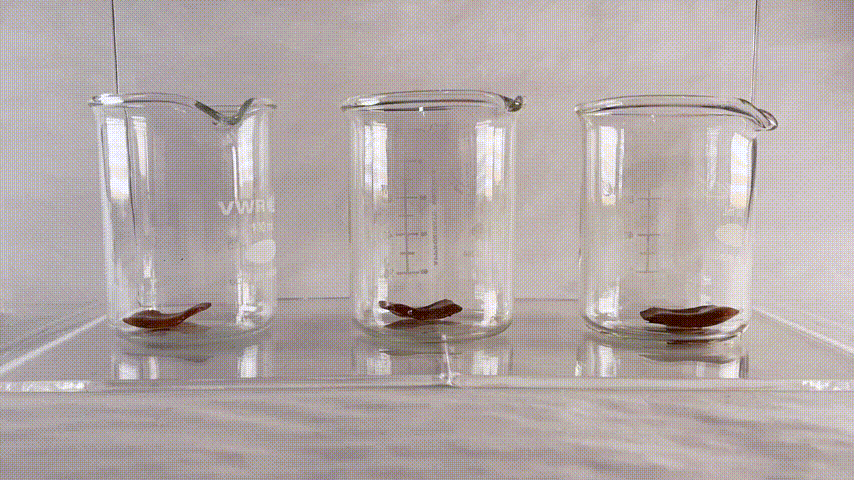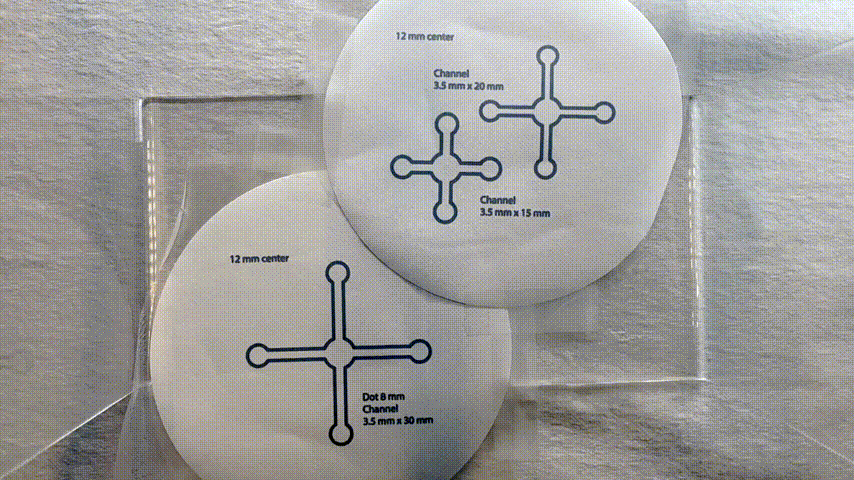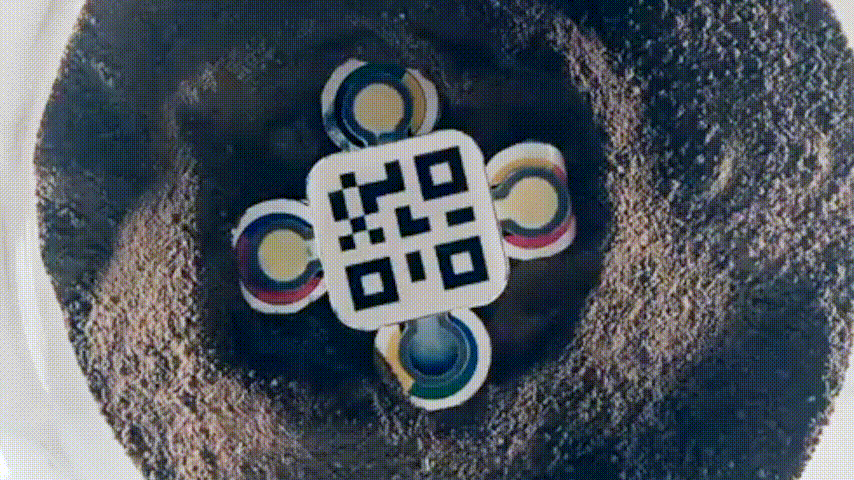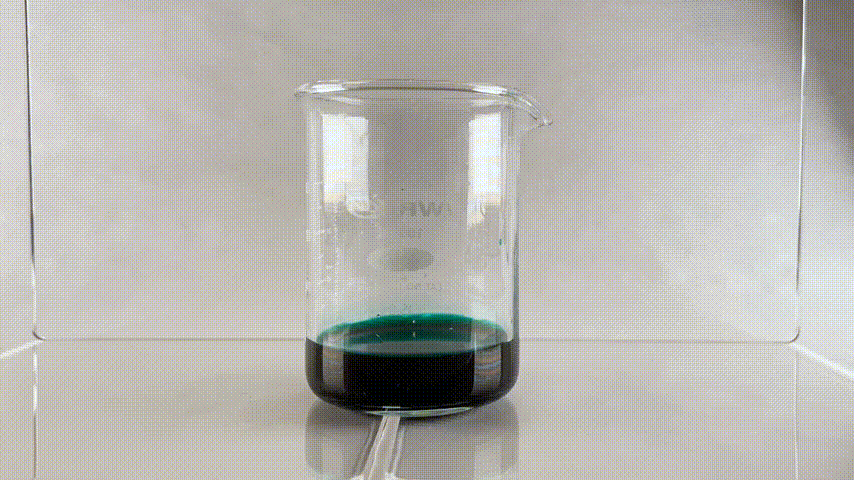Dandelion
Soil health data collection
As climate change impacts biodiversity, diverse and high-quality environmental data can tell a story for scientists, farmers, and governments. Most of the existing methods for ecosystem data collection are either labor-intensive, expensive, centralized, or highly specialized.
Dandelion leverages colorimetric sensing to detect soil characteristics combined with the power of remote sensing to enable decentralized and afforable access to ecosystem data sampling, collection, and visualization.
“Dandelion" was developed in collaboration with Ana Lucía Merla Lopez, Riad al Soufi, and Ying Li.
user interface design | material design | circular design | microfluidic design & testing
A biodegradable testing platform
Dandelion’s paper-based microfluidic sensing soil sensor probe is biodegrable. Made from chitosan, a material derived from shrimp shells and pectin, a sugar from apple that holds the polymer together, the probe is designed to be deployed by a UAV and dissolve in place.
A QR Code on top ensures tractable data and camera calibration for remote data collection.
A cohesive user interface
Dandelion’s user interface allows users to plot their soil probe deployment plan and visualize collection data.
Prototyping
Prototypes were conducted to test the feasibility of the paper-based microfluidic design, the paper selection as a platform for colorimetric sensing, the wicking properties of the central wick and the biodegradability of the chitosan mixed with varying degrees of pectin and sand.




